Table of Contents
Leaf Structure and Functions:
What is a Leaf?
It is the lateral flattened outgrowth arising at the node of the stem. It bears a bud in its axil. It arises from shoot meristem as primordia and ultimately it grows into a large leaf. It captures sunlight for photosynthesis.
Characteristics of a Leaf:
- It is borne over the stem and its branch in the region of a node.
- It is a dissimilar lateral appendage of the stem.
- It is exogenous in origin.
- A bud is present in its axil.
- The base of the leaf may have two small lateral outgrowths called stipules.
- Growth is limited.
- A growing point is absent.
- A leaf is differentiated into three parts- a base, petiole and lamina. Lamina or leaf blade is the seat of photosynthetic activity.
- The leaf blade possesses stomata for gaseous exchange. They are also the area of water loss due to transpiration.
- The leaf blade is supported by a skeleton of vascular strands called veins. Along with mechanical strength, the veins have conducting tissues, xylem for sap and phloem for food.
Structure of a Simple Leaf:
A simple leaf consists of-
- Lamina or Leaf Blade (Epipodium).
- Petiole (Mesopodium).
- Leaf Base (Hypopodium).
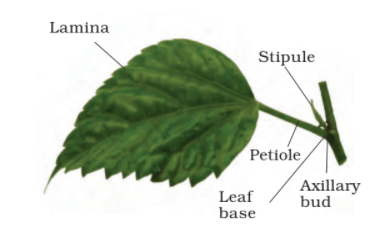
Lamina is the flat expanded part of the leaf with a conspicuous system of veins and veinlets forming the external framework of the lamina or blade. Lamina is usually traversed by a prominent vein in the middle called the midrib. Veins contain vascular tissue and act as a channel for the transport of food, water and minerals. They also function as the skeleton of a lamina. The entire network constituted by midrib, veins and veinlets in the leaf blade is called venation. The side of the lamina forms the margin and the tip forms the leaf apex.
Petiole represents the stalk of the lamina with which it is attached to the stem. A lamina lacking petiole is called a sessile leaf. The angle formed between a leaf and the stem is called the axil and an axillary bud is present in this axil. Petioles conduct water and solutes from the stems into leaf blades and transport food manufactured in lamina or blade downward into the stem. They expose the lamina to sunlight for photosynthesis.
Leaf Base is the part of the leaf by which it is attached to the stem. In monocot, the leaf base expands into a sheath that completely or incompletely encircles the stem. In several dicots, the leaf base bears two lateral appendages called stipules. The leaves having stipules are known as stipulate leaves and without them, these are exstipulate. In Acacia and Zizyphyus, the stipules are spiny. In some legumes, the base of the leaf is swollen and is called a pulvinus.
Functions of Leaves:
- The green leaves perform the process of photosynthesis for the whole plant body.
- The exchange of gases takes place through stomata present on the epidermal surface of a leaf.
- Water loss occurs through stomata in leaves by transpiration and this creates transpiration pull through which water is bodily pulled up from the roots to the leaves.
- The buds are protected by young leaves borne over them. Axillary buds are further protected by even mature leaves.
- Succulent leaves of xerophytes store water, mucilage and latex for protection from drought conditions.
- Some plant leaves are fleshy and store food material in them as in onion, cabbage and agave etc.
- In aquatic plants like Eichhornia, Nelumbo and Trapa, the petiole stores air for helping in floating.
- In Dischidia, the leaf is modified into a pitcher for the collection of rainwater.
- The leaves of some plants perform the process of vegetative propagation like Bryophyllum, Begonia, Sansevieria.


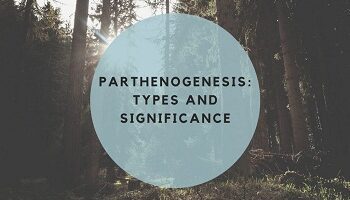
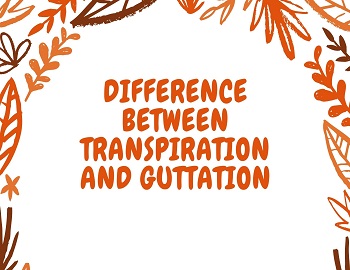


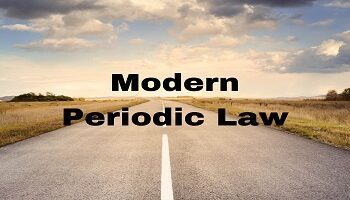

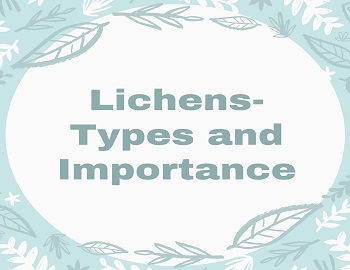
Comments (No)